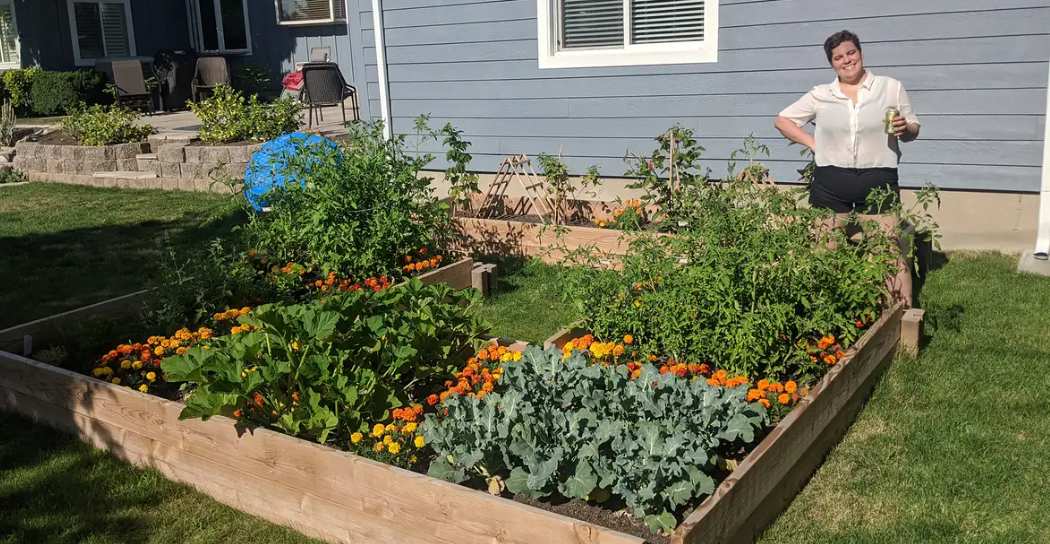7 Handy Tips For Building Your Own Raised Garden
Building a garden bed is one of the best ways to go if you want to grow your vegetables, herbs or fruits. A vegetable garden bed can help ensure your plants get everything they need: enough sunlight and water, proper soil temperature and drainage. This blog post will give useful tips for building your raised garden bed.
Here are some of the things you need to know about building your own raised garden bed:
Choose Your Location
- Choose a sunny spot for your garden.
- Make sure you choose a spot that gets at least 6 hours of sun a day and avoids shady areas, as these are likely to produce little food.
- Check whether the area has good drainage by digging down 30 cm (1 foot), or just water it and see if it drains away within 24 hours – if not, you’ll need to dig out some soil and add in some gravel or sand so that the water can drain away more easily.
Build Your Walls
- The next step in building your garden is to build the walls.
- It is where you will want to use pressure-treated lumber for all of your posts, beams, and stringers. It is because the wood has been treated with chemicals to protect against rot and decay from moisture and pests.
- This process makes it last longer than if it were untreated, thus allowing you more time between replacing parts of the system or rebuilding it entirely.
Build Your Raised Garden Bed On Top of the Walls
- Consider building your raised garden bed on top of the walls.
- It will provide structure and support for your garden.
- The walls will also serve as a barrier and help prevent soil from washing away during heavy rainstorms.
- You can make a raised bed from any material, but wood is ideal because it allows for better drainage underneath the soil.
- The walls should be at least 6 inches tall, 4 feet long and 2 feet wide.
Levelling The Raised Garden Bed
- As you start building your raised bed, the soil must be level.
- It will help prevent your new garden bed’s uneven watering and drainage problems.
- Using a spirit level, or even better, a laser spirit level with the water in the tube, can help you achieve this task.
- If you don’t have one of these handy tools on hand, feel free to use an old-fashioned method, like dropping a string line across the length of the bed.
- Mark both ends of this line so you know where they are located and then make sure both sides are equal distance from each other.
Fill In The Raised Garden Bed With Great Soil
- If you want healthy plants, good soil is essential!
- So, you can buy bags of great potting soil at any home improvement store or nursery.
- Or, if you want even better quality soil that won’t need replacing for several years, consider making your compost pile (or buying pre-made compost) and adding it to your regular bagged potting mix—it will improve the quality of the container indefinitely!
- Ensure plenty of green leafy materials like grass clippings or straw so that nutrients stay available during all seasons.
Planting Your Plants in The Raised Garden Bed
- The next step is to plant your seeds or seedlings.
- It’s important to know how deep you should plant the roots of your plants and how far apart they should be spaced.
- It would help if you planted your plants at least 1 inch below the soil surface. However, a potting mix will cover the root ball’s top part.
- The roots are much more important than the soil itself when supporting life in a plant – so make sure that no part of them is exposed!
- Vegetables should be planted 3 feet apart (and two feet apart from squash).
Water frequently and deeply for the first season.
- Watering frequency depends on the weather, but in general, it’s best to water deeply and infrequently.
- Watering will encourage your plants to take up moisture through their roots, which helps avoid wilting and other stressors caused by drought.
- To water deeply, choose a watering can or hose with an adjustable nozzle that lets you control how much water comes out.
Conclusion
In the end, line, raised garden beds are a great way to get more fresh veggies and herbs into your diet and cut down on time you spend weeding and watering. Therefore, to grow your garden bed, you must follow the above steps, which are easy to do and will help you grow a successful garden bed.




